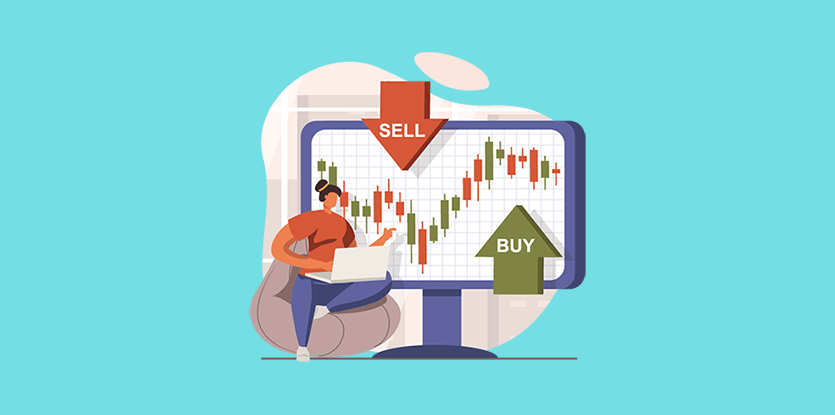You’ve likely heard somebody say the phrase, “I just happened to be in the right place at the right time.” Stock trading is no different, it’s all about being in the right position at the right time. This is the reason why the ascending triangle pattern is a favorite among many stock traders. For those who understand this chart pattern and trade it correctly, it’s a trading strategy that can result in big profits. It is one of the three important triangle patterns defined by classical technical analysis. The other two being the descending triangle and the symmetrical triangle.

The ascending triangle is a continuation pattern defined by an entry point, stop loss, and profit target. On the price chart, it appears as a horizontal support line connecting the highs to an upward moving trendline to the lows. Each ascending triangle has a minimum of two highs and two lows. In comparison, a descending triangle has a horizontal lower line and a descending upper trendline.
The above chart is a representation of an ascending triangle. It consists of a horizontal resistance line drawn across the minor highs with a rising trend line connecting the minor lows, which form a triangular pattern.
Ascending triangles are continuation patterns because the price usually breaks in the direction it was going before the pattern. As with other types of triangles, the volume often contracts during the charts pattern. Keeping an eye on false breakouts, investors usually enter when the price breakout takes place. The position they take depends on the direction of the breakout – buy for upside direction and sell for downside direction. The stop loss is placed just outside the triangle. To calculate the profit target, traders take into account triangle height at maximum width and adjust that measurement according to the breakout price.
With ascending triangles, the wider the pattern, the more risk/reward it will carry. For narrower patterns, the stop loss becomes smaller; however, the profit target is still based on the most significant part of the pattern. In terms of challenges for traders looking to use this chart, false breakouts are an important consideration. The price movement may fluctuate, moving in and out of the pattern in either direction failing to break the upper resistance level.
Why Do Ascending Triangles Form?
Hedge funds and other institutional organizations may buy hundreds of thousands of shares in a company. After the stock rises, and it’s concluded that there are better opportunities elsewhere, the organization will exit the position. Here they must sell their stock, but only down to a certain point, in this example, we use $50. Being that there’s a large amount of stock being dumped on the market, the price of that stock cannot climb above $50 because, as soon as it does, it will trigger a sell from the organization.
When word gets out at the stock is being dumped, other sellers jump on the bandwagon and push the stock down even further. Once all the sellers are satisfied, then the buyers come in, thinking the stock is a steal at this low price and scooped the shares up, pushing it even higher than it was before.
Attributes
- Pattern type: Continuation
- Indication: Bullish
- Breakout confirmation: The confirmation for this pattern is a close above the highs on average trading volume.
- Measuring: Subtract the height from the lowest low of the pattern and then added to the breakout level.
- Volume: The volume declines throughout the ascending triangle formation, expanding when the breakout occurs.
Conclusion
The ascending triangle pattern represents a higher risk/reward scenario, verses other patterns that get narrower as time goes on. The biggest issue with this chart pattern is the potential for a false breakout. As a result, the chart pattern may be redrawn several times as the price action edges past the resistance level, but fails to maintain the breakout price. To learn more about stock chart patterns and how to take advantage of technical analysis to the fullest, be sure to check out our entire library of predictable chart patterns. These include comprehensive descriptions and images so that you can recognize important chart patterns scenarios and become a better trader.


